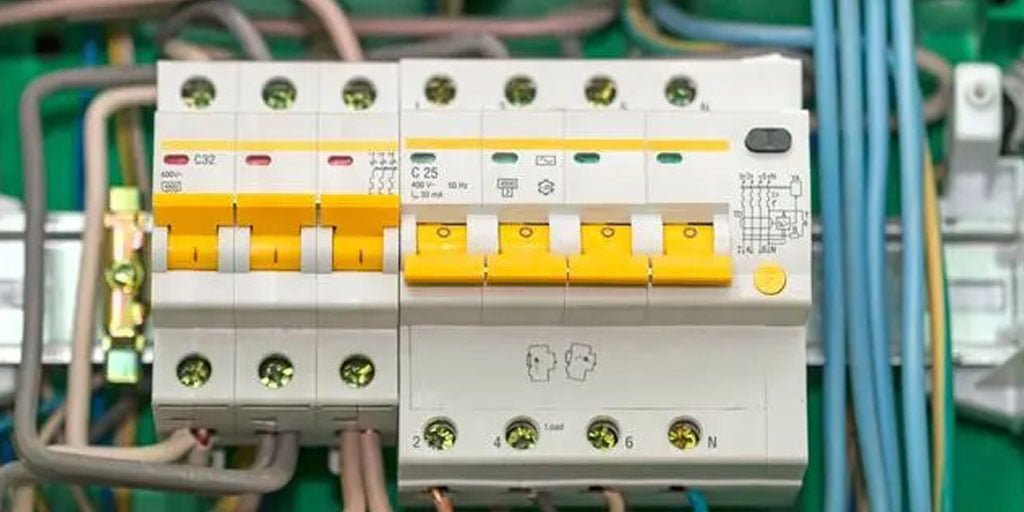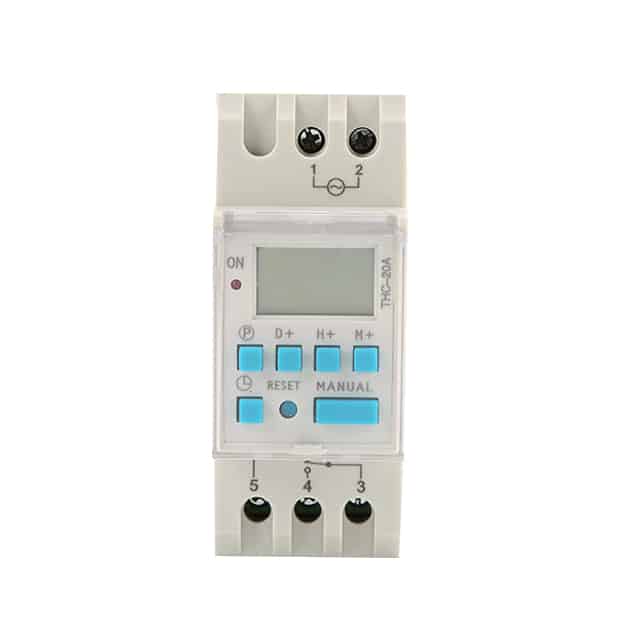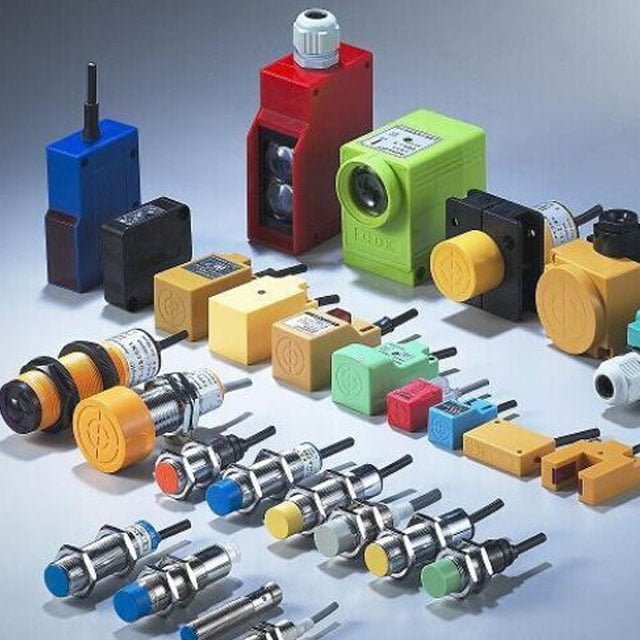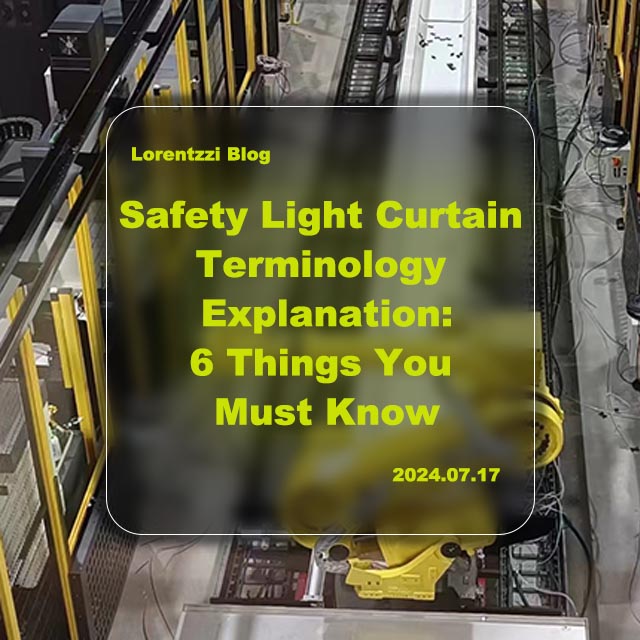A residual current device (RCD) is a common electrical device used to detect whether there is a leakage in a circuit and cut off the circuit immediately when a leakage is found. In domestic and commercial environments, the role of earth leakage protectors is crucial because it can prevent safety accidents such as electric shock and fire. In the selection of leakage protectors, the difference between 1P and 2P is generally involved. So, what are 1P and 2P leakage protectors? What’s the difference?
Table of Contents
Both 1P and 2P are types of earth leakage protectors, where 1P refers to a single-pole earth leakage protector, and 2P refers to a double-pole earth leakage protector. Simply speak, 1P can only protect one circuit, while 2P can protect two circuits at the same time.

1P and 2P RCD protection differences
Specifically, the 1P leakage protector has only one leakage protection device, which is usually installed on a single-phase circuit. It can detect whether there is leakage in the circuit, but it can only protect a single circuit. For example, when you are using the oven in the kitchen, if there is a leakage in the circuit of the washing machine at the same time, the 1P leakage protector cannot protect it, because it can only protect one circuit.
The 2P leakage protector has two leakage protection devices, which can protect two circuits at the same time. When a leakage occurs in a circuit, the leakage protector will immediately cut off the power supply of the circuit, so as to prevent the leakage from spreading further. If leakage occurs in two circuits at the same time, the 2P leakage protector can also cut off the two circuits at the same time, thus protecting people’s safety.
In addition to the difference in protection range, there are some other differences between 1P earth leakage protector and 2P earth leakage protector.
Cost differences between 1P and 2P RCD
First, 1P RCDs are usually cheaper than 2P RCDs. Because the 1P earth leakage protector only needs one earth leakage protection device, and the 2P earth leakage protector needs two earth leakage protection devices, so its cost is higher. In addition, 2P earth leakage protector needs more space to install because it needs two electrical wirings, while 1P earth leakage protector only needs one electrical wiring.

Triggering methods difference of 1P leakage protector and 2P leakage protector
Secondly, the triggering methods of 1P leakage protector and 2P leakage protector are also different. 1P leakage protector can only detect unipolar leakage, that is, after the current enters the electrical appliance from the power supply, it flows out from one pole of the electrical appliance (usually the live wire) and returns to the other pole of the power supply (usually the neutral wire). Therefore, if the current enters the electrical appliance from the neutral wire and then flows out from the live wire, the 1P leakage protector cannot detect the leakage. The 2P leakage protector can detect bipolar leakage, that is, no matter which pole the current flows from, it can be detected.

Rated current difference
Finally, the rated current and rated leakage action time of 1P earth leakage protector and 2P earth leakage protector are also different. Generally speaking, the rated current and rated leakage action time of 2P earth leakage protector will be higher than that of 1P earth leakage protector, because it needs to deal with more circuits. Therefore, when choosing a leakage protector, you need to ensure that it can meet the rated current and leakage action time requirements of your circuit.
Conclusion
In short, the biggest difference between 1P earth leakage protector and 2P earth leakage protector lies in their protection range. If you need to protect a single circuit, then 1P RCD is enough; if you need to protect multiple circuits, then 2P RCD is a better choice. Of course, when installing a leakage protector, you also need to consider factors such as rated current, rated voltage, and rated leakage action time. During the installation process, it is best to be carried out by professionals to ensure safety and effectiveness.




